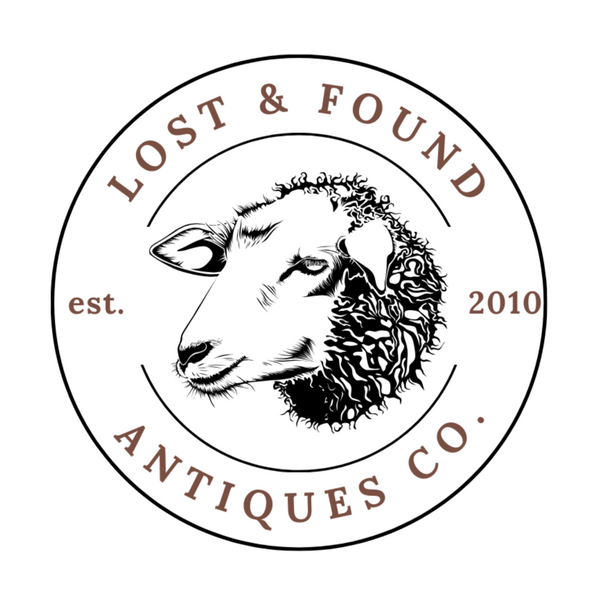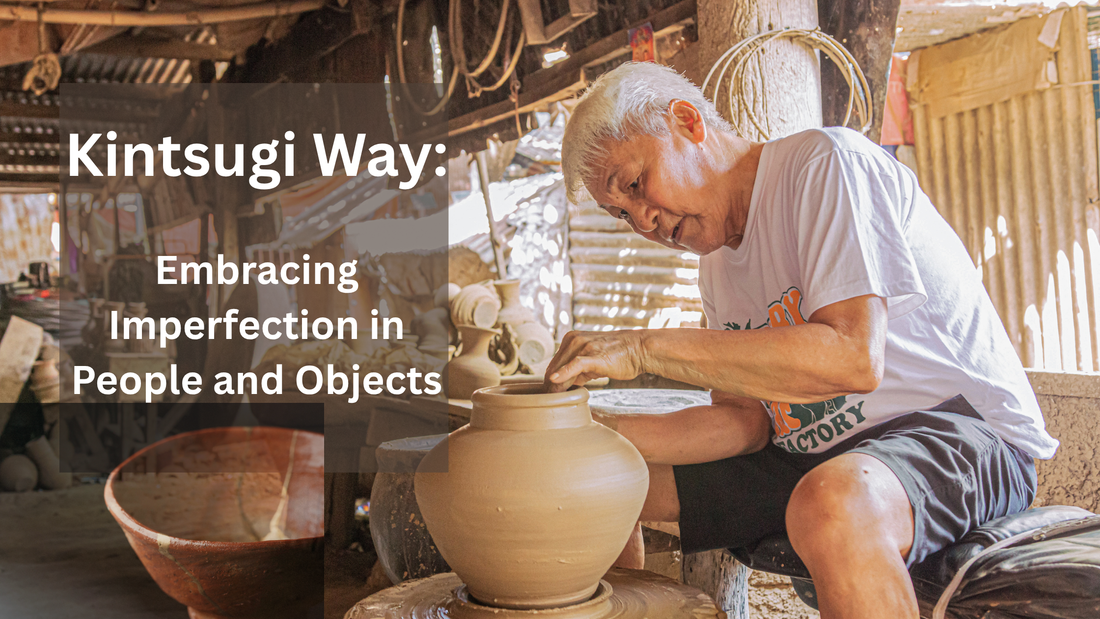Have you ever noticed how we treat antiques like we treat the elderly? I mean in the sense of usefulness.
When people age, generally the curve between us and technology, trends, sayings and such grow wider apart. When we are young, we are in the know. We are in step with the world. As young people our parents came to us for the meaning behind a saying or for help navigating a new gadget. Now, if you are a parent of a teen maybe your roles are reversed. Do you feel disconnected a bit? Do you have aging parents who you see struggling to find their place?
I once saw a photo that struck me to the core. An elderly woman looking into a mirror, assisted by a nurse, hunched over and barely able to stand. From the back you see a gray-haired feeble woman in an old-fashioned night gown. She is worn by time. But in the reflection of the mirror is a younger version of herself: an upright independent, strong career woman, radiant and able! Maybe you've seen something similar. That image lingered with me. It made me reflect on how society often starts to treat people as "useless" once they're no longer useful. Forgotten. Discarded.
And that's when the connection hit me - how often we do the same with antiques.
Let's consider the antique item. Any item. Typically, antiques were made to last. They have travelled through time, through house moves, overseas, through wars even. Yet, in today's world of mass-produced items, they're cast aside in favor of the latest trend. These days, so many prefer the newer thing over the antique; or the build it yourself furniture that probably won't last a decade. Yes, there is a place for mass-produced items. Modern day conveniences are nice! But let's not lose sight of the beauty in those antiques.
Have you ever seen a Japanese pottery piece with shimmering veins of gold running through it? That art form is called kintsugi.
That beautiful technique is a Japanese art form that repairs broken pottery with lacquer mixed with powdered gold, silver, or platinum. But it’s more than just a repair method—it’s a philosophy. One that all humanity would do well to glean from.
Kintsugi embraces imperfections. It treats breakage and repair as part of the object's history, not something to disguise. The golden seams highlight the cracks rather than hide them, celebrating the piece’s journey. Rooted in wabi-sabi, the Japanese worldview that finds beauty in imperfection and transience, kintsugi reflects resilience, healing, and transformation. In some cases, especially with heirlooms or rare antiques, gilded repair preserves sentimental or historical worth, while adding a layer of artistry.
This approach couldn't be more different from much of modern culture. Today, we tend to throw away what's chipped or outdated. But what if chose to see wear as beautiful? What if we celebrated the stories behind the lines?
So, today I want to encourage you to look at antiques with a fresh perspective. Enjoy them, put them in your house, use them! And if you have a piece of pottery that is cracked- display it proudly. Let it live again in your home, in your hands, in your story.
And then there is our precious elderly, who hold value far beyond perishable things. They are not relics. They are vessels of strength, insight, and history. Honor them. Take time to talk with them and show them that they still have something valuable to offer this world.
Proverbs 20:29
“The glory of the young is their strength; the gray hair of experience is the splendor of the old.”

